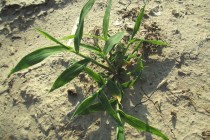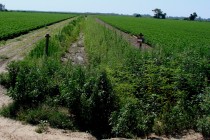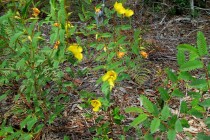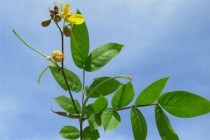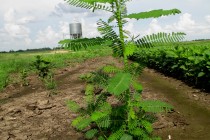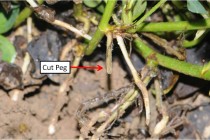2012 Southern U.S. Insecticide Performance Survey
University Research and Extension Entomologists from across the southern U.S. participated in a survey where they rate the performance of insecticides against various insect pests in cotton, soybean, and field corn.

